*This article is a reprint from the public account autocarweekly.
Author: Joey
In the 1960s, Herbert Quandt and his brother Harald Quandt, after becoming major shareholders of BMW, launched a major reform of the BMW brand and set a clear course for the future of BMW. The most profound change was the launch of the Neue Klasse (New Generation) new product series.
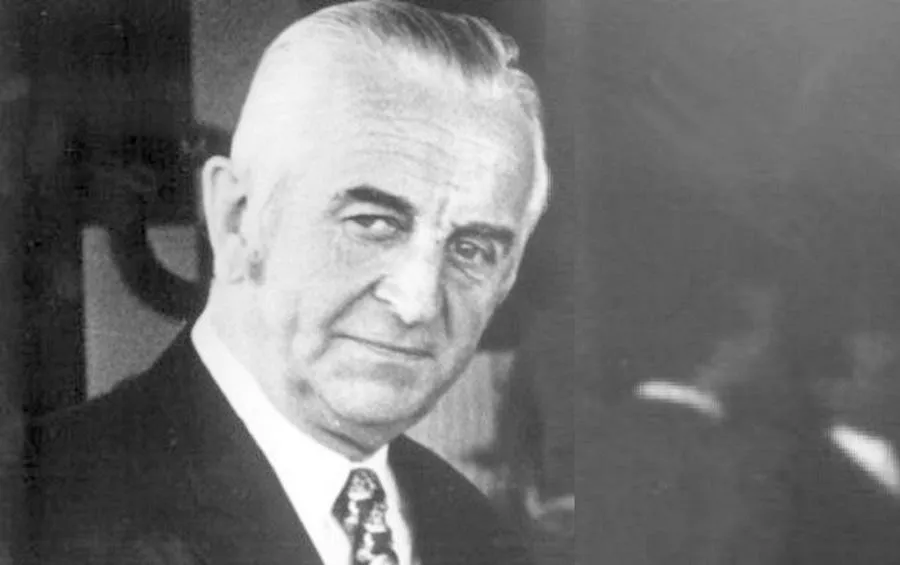
The launch of Neue Klasse made BMW’s product series more rigorous. More importantly, this concept established BMW’s brand concept and label, and forged the luxury and sports brand genes that BMW is proud of.
However, 50-60 years have passed, and times have changed.
Today, new energy vehicle products cannot completely represent a manufacturer’s planning and efforts in the field of environmental protection. Each manufacturer has already launched its own timetable for achieving new energy. So, has BMW, which once led the times, fallen behind?
The answer is no. Just yesterday, at the 2021 International Motor Show (IAA) in Germany, BMW once again proposed the Neue Klasse. This time, based on luxury and sports, BMW has also introduced its new plan for environmental protection and the future.
100% recyclable, introducing the new concept of “circular economy”
In 2014, BMW launched two epoch-making products. One is the hybrid supercar BMW i8, which still leads the trend of fashion evolution in design, and the other is the most popular pure electric small car i3. These two cars are not only limited to creating the i-series models for BMW. More importantly, they perfectly grasped the direction of new energy vehicles.
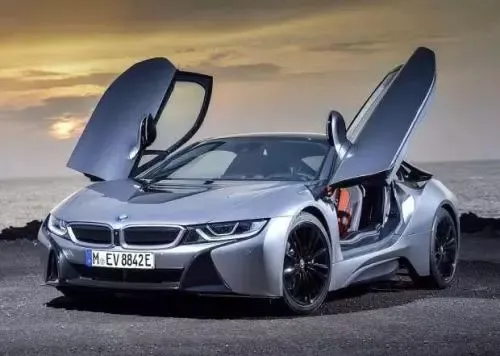
If the birth of i3 and i8 had more directional significance in the past. That is, in addition to sales pressure, BMW is more concerned about its own brand’s exploration on the road of new energy, and the realization of the brand’s vision for creating a more environmentally friendly future. But now, as more traditional manufacturers follow the footsteps of the “new forces” and join the camp of new energy vehicles, BMW has also begun to accelerate its progress in this regard.
In September 2020, BMW launched the iX3 model. Compared with the exploration and trial-and-error significance of the previous two models, this product, which has undergone a transformation from traditional energy vehicles to pure electric vehicles, is full of BMW’s determination to compete in the era of electrification.
If you think that switching from gasoline to electricity lacks originality and a strong technological breakthrough, then the BMW i Vision Circular concept car will undoubtedly bring the BMW Group a brand-new direction for eco-friendly car manufacturing in the future.
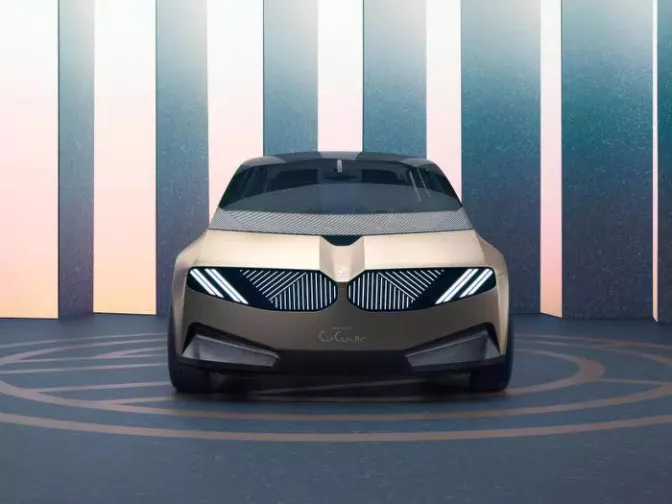
In this brand-new direction, BMW once again proposes the Neue Klasse (New Class) concept for car models. In this new “New Class” product line, BMW will completely redesign the IT and software architecture to launch a new generation of high-performance electric power drive system and battery, enabling pure electric vehicles to make further advances in the field of technology.
Also in this brand-new direction, the BMW Group has proposed the four guiding principles of “rethink, reduce, reuse, and recycle” based on the circular economy to realize a completely new design and manufacturing concept of “circular design.”
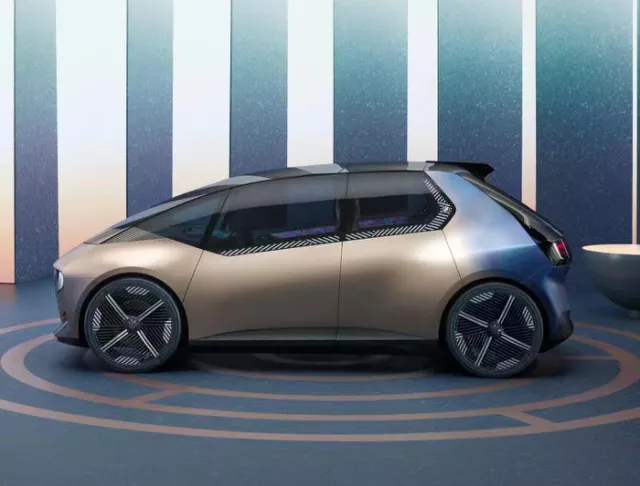
The introduction of this concept will not only place eco-friendly concepts on the vehicle’s energy system but also reflect them in every detail and corner of the vehicle to achieve 100% recyclability of future products.
“Yuehe”: Assembling Automotive Materials Like Building Blocks
In fact, the four guiding principles of “rethink, reduce, reuse, and recycle” are not just remaining in the conceptual stage but have been truly reflected in the “BMW i Vision Circular” concept car. BMW designers and engineers fully considered all aspects of design, engineering, and disassembly when building this concept car, making the vehicle more personalized and environmentally friendly.
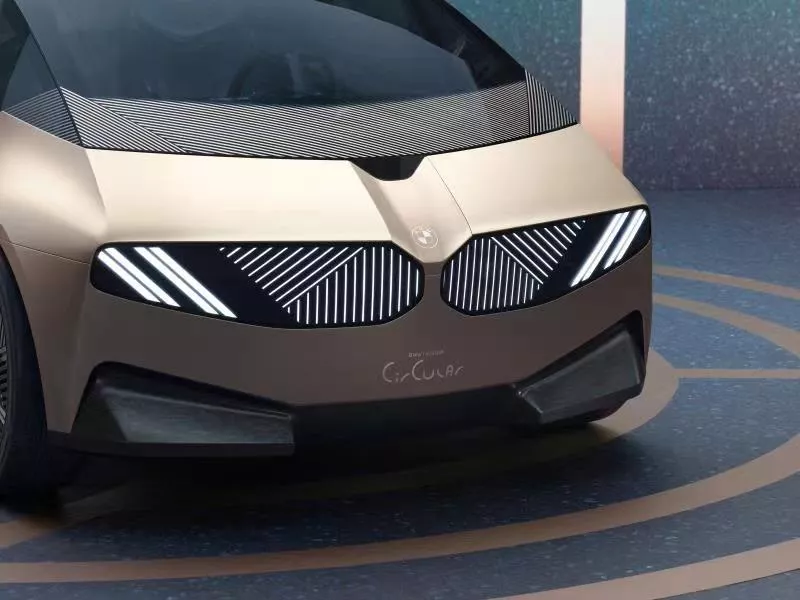
For example, in the vehicle’s design process, this BMW i Vision Circular concept car does not have any chrome-plated materials, kidney grille frames, or decorative elements. Even the BMW logo is etched on it. The classic kidney grille is combined with the headlights into one component, preserving BMW’s proud core design elements while removing unnecessary material waste.
At the same time, the vehicle body of this model is composed of aluminum material, without paint, and the color is generated by bronze anodizing treatment. The rear of the car uses steel that can be reused, and the appearance is formed by different temperature treatments, making the car full of technology elements while also displaying the quaint industrial beauty in every aspect.The components that can be recycled, including the interior parts and the wheels of the vehicle. The blue rubber used for the wheels of the BMW i concept car is made from certified sustainable natural rubber and colored recycled rubber particles, creating an interesting terrazzo effect.
Above the interior, BMW has created a new concept called “Joyful Together” on the basis of the previous “Joy” brand concept. This concept allows BMW to use single materials as much as possible, achieve simple disassembly as much as possible, and avoid the use of adhesives or composite materials during the car manufacturing process.
Through innovative technology, BMW connects different materials and components together, making it easier to dismantle the vehicles for recycling in the future (such as separating metal and fabric materials easily in the car seats for further recycling) and making it easier to upgrade and renew the vehicles in the future.
In the production process of the vehicles, all components will be accurately matched by using technologies such as additive manufacturing to minimize waste during the production process. The excess materials will be recycled and provided to more products for recycling and reuse.
For example, the steering wheel can be manufactured through wood powder 3D printing, the reading light on the C-pillar can be reused with the iDrive knob previously used in the vehicle, the sunshade of the sunroof only requires two thin panels to avoid using new electronic components or technologies. All of these details come from BMW’s “Four Guiding Principles” for circular car manufacturing.
In the future, a brand new tomorrow is waiting for “Eco BMW”.
If you think that the “BMW i Circular Concept Car” is still too far away from us, then all great ideals should be achieved step by step. Congratulations, you and BMW are on the same page. Yesterday, BMW also showcased a brand new product roadmap that is easier to mass-produce.On this roadmap, BMW will launch the i4 model with a range of up to 600 km that is more in line with the digital future travel concept. In the field of digitalization, MINI also launched an electric van-MINI VISION URBANAUT, realizing more convenient charging and parking space searching functions. In order to achieve the principle of “creatively using space” and integrate different transportation modes in a smarter way.
In the medium and long-term plans, BMW will launch the NEUE KLASSE (new generation) model in 2025, which has been officially launched. The BMW Group plans to complete the delivery of 10 million pure electric vehicles in the next 10 years. By 2030, BMW expects that half of the vehicles produced globally will be pure electric vehicles. At that time, the MINI brand will also be fully electrified.
Also in 2030, the carbon emissions from BMW Group’s vehicle use phase will be reduced to half of that in 2019, and the carbon emissions from a single cycle throughout the vehicle’s lifecycle will be reduced by 40%, in order to comply with the EU’s environmental regulations and finally strive to achieve the goal of full carbon neutrality in the entire value chain by 2050.
Obviously, by retaining the sports genes and luxury attributes, making cars 100% recyclable and continuously improving intelligence to make travel more convenient, BMW has become an “environmentally friendly horse”. This kind of BMW is obviously more worthy of expectation.
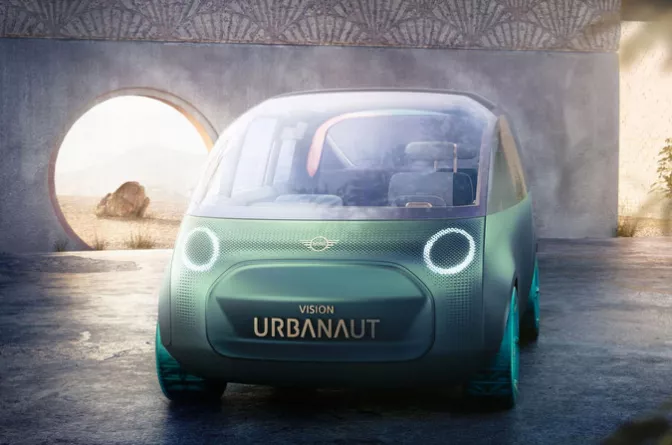
This article is a translation by ChatGPT of a Chinese report from 42HOW. If you have any questions about it, please email bd@42how.com.
